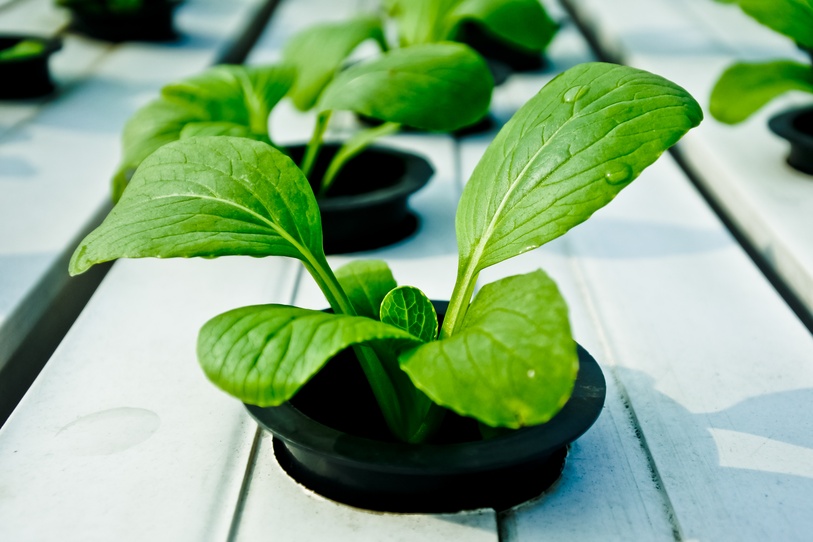Our Goal is to Make Growing Your
Own Food One of the Easiest
Things You've Even Done.
What is Aeroponics?
Aeroponics is a soil-less plant cultivation technique where roots are suspended in the air and nourished with a nutrient-rich mist. This method is highly efficient, conserving water and allowing plants to absorb nutrients more effectively. It's particularly useful in environments with limited resources, making it a promising alternative to traditional agriculture.


The Origins of Aeroponics
The term "aeroponics" was coined in 1957 by biologist Frits Warmolt Went. Richard Stoner played a significant role in the development of aeroponics by patenting aeroponic technology and founding companies to research and advance it. Inspired by science fiction, Stoner's work focused on the resource-conserving capacity of aeroponics, particularly its efficient use of water.
Aeroponics in Space Exploration
NASA recognized the potential of aeroponics for space missions and collaborated with Richard Stoner in the 1990s. Due to its efficiency in resource use, aeroponics was seen as an attractive solution for producing food in space. The EDEN ISS project also utilized aeroponics to develop safe food production systems for space exploration.


Aeroponics and Sustainable Agriculture
With traditional agriculture consuming around 70% of freshwater globally, aeroponics presents a sustainable alternative, using 98% less water. Aeroponics doesn't require fertile land, making it suitable for regions with scarce resources. The technology's ability to streamline resource use can contribute significantly to global sustainable agriculture practices.
Benefits of Aeroponics

Reduced Water Usage
In aeroponics, plants are grown with their roots suspended in air and misted with nutrient-rich water. This method significantly reduces water usage as compared to traditional soil-based cultivation. It is estimated that aeroponics uses up to 98% less water.

Faster Growth Rates
Aeroponic systems allow for better oxygenation and access to nutrients for the roots, which leads to faster growth rates. The roots don’t have to grow through soil to access nutrients, so the plant can focus more energy on growing above ground.

Higher Yields
The efficient delivery of nutrients and water directly to the roots in aeroponic systems can lead to higher yields. Additionally, plants can be spaced more closely together than in traditional farming, leading to higher productivity per square foot.

Cleaner Produce
Produce grown through aeroponics is typically cleaner and can often be used without the extensive washing that may be required for soil-grown produce, saving even more water.

Minimal Waste
There is minimal waste produced in aeroponic systems. The water and nutrient solution is often recirculated, and since there is no soil, there is no agricultural runoff or soil erosion.

No Pesticides or Herbicides
Aeroponic systems' soil-less environment minimizes the need for pesticides and herbicides. This results in cost savings and cleaner, healthier crops.
GROW ANYTHING, YEAR-ROUND
WHAT KIND OF GROWER ARE YOU?